Barcelona has many notable landmarks that tourists visit everyday, from the hills of Montjuic to Poble Espanyol. But, no one thinks why most of them became the point of interest that stands today. That is why, we need to go back to 1929, when Barcelona hosted its second World Exposition. This article will look to show the development that this city underwent when readying itself for the world’s stage. To do this, we need to go back to the start of the 20th Century, with the Catalan capital fresh from success from the 1888 World Exposition. An event that saw the construction of the Arc de Triomf and the Parc de la Ciutadella, giving the city an important step towards being a modern European city. In order to build on this momentum, the city began its plans for the 1929 World Exposition.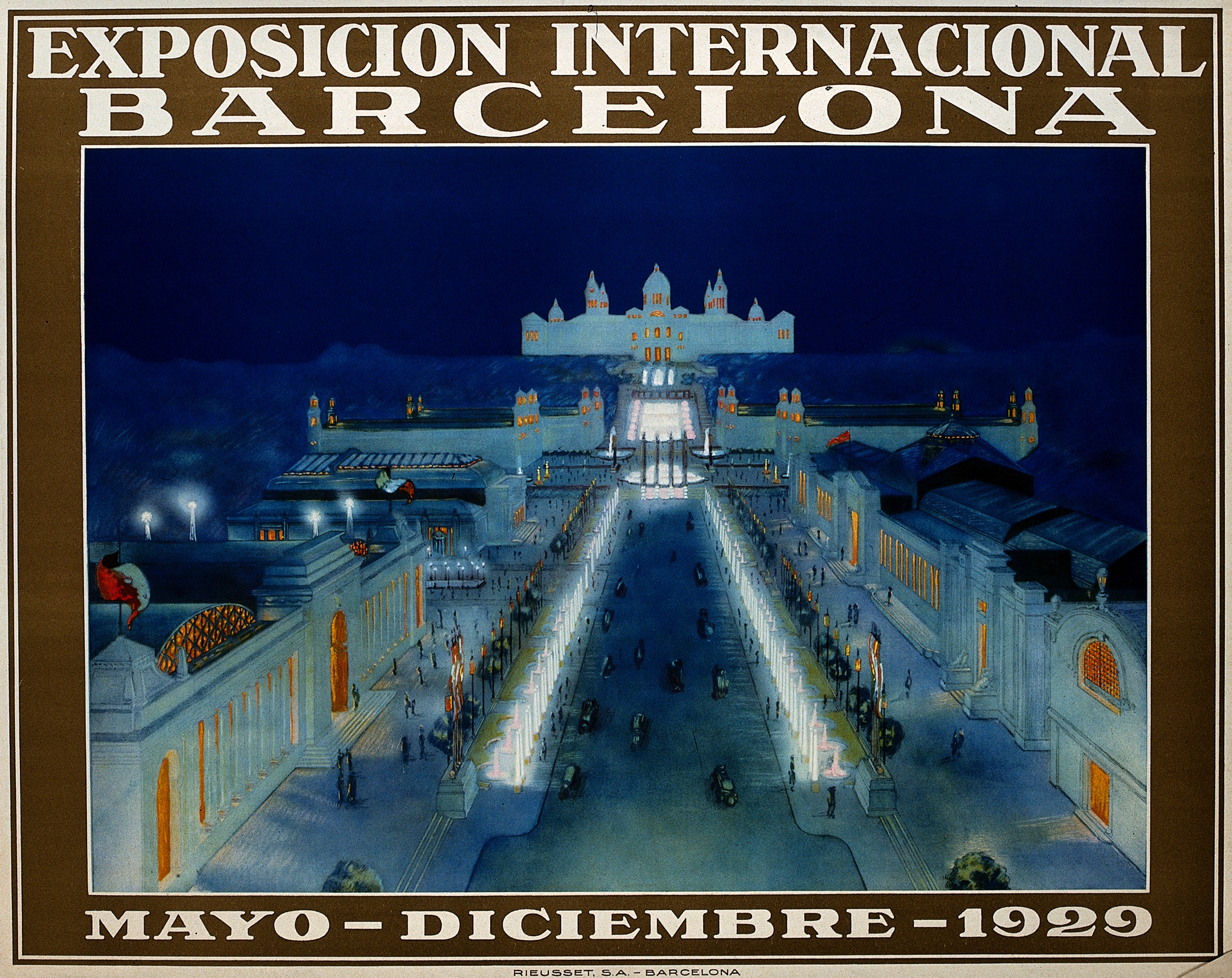
Origins of the World Exposition
Local architect Josep Puig i Cadafalch, proposed the idea of another World Exposition in 1905, with his idea of one focused on the Besós River, which runs through the region of Catalonia. However, after some deliberation, it was decided that this exhibition would be centred around new plans for the Montjuic site. This was agreed in 1913, with the plan to begin in 1917. Unfortunately, due to the First World War, this was delayed until 1929.
When it would take place, some 20 countries had signed up as participants to represent their nations. Their role here was to inspect the work of the city, compare the differences from 1888 and see if it was becoming a modern European city. Among others, the main countries to be represented were the USA, Yugoslavia, the UK and Germany, as well as many more European countries.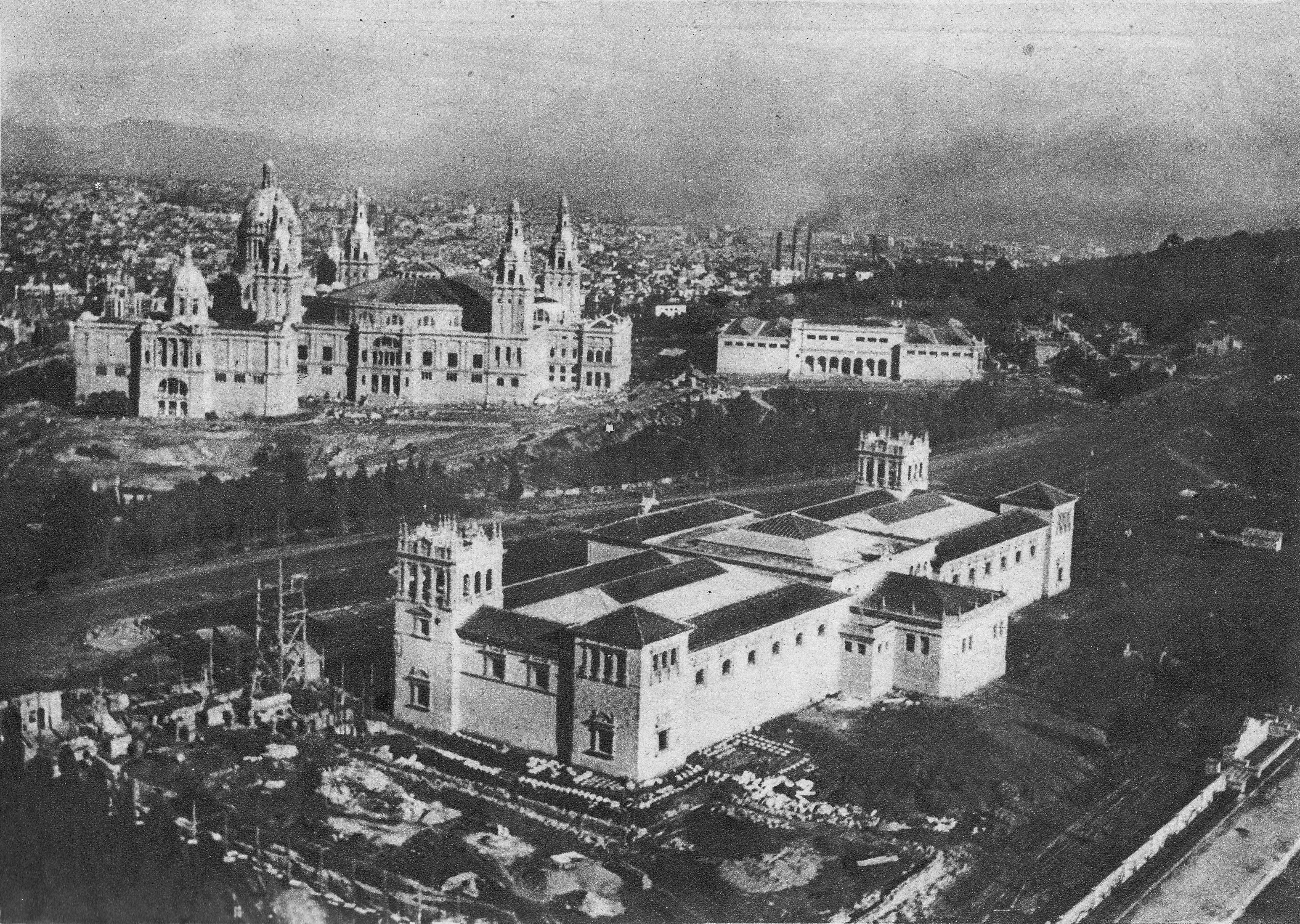
Works of the 1929 Barcelona Exposition
What the participating members would see would compromise mostly what is seen now in modern Barcelona. Showing how modern the works of this exposition were for the time; our city has enjoyed the fruits of its labour for almost a century now. The following landmarks are of the most important to be built for this show:
Plaça d’Espanya
Included in the original plans, the Plaça d’Espanya was an important construction to connect Barcelona to the nearby towns of Llobregat– now, where we find the airport! This was completed in 1926 and draws inspiration from the world at the time. The square itself was based on St Peter’s Square in Rome. With the Venetian towers to replicate St Mark’s Campanile of Venice, and the rotary monument to symbolise Spain, with the statue tying all these influences together. 
The Magic Fountain
Just down from the Plaça d’Espanya, is the Magic Fountain of Montjuic. This wonderful monument was finished in 1929 and ignited wonder within all the visitors, who were particularly impressed with its light show. Since this World Exposition, they have become a focal point of the city’s celebrations, giving the Catalan capital a wonderful hub for celebrations and a place that they can connect with.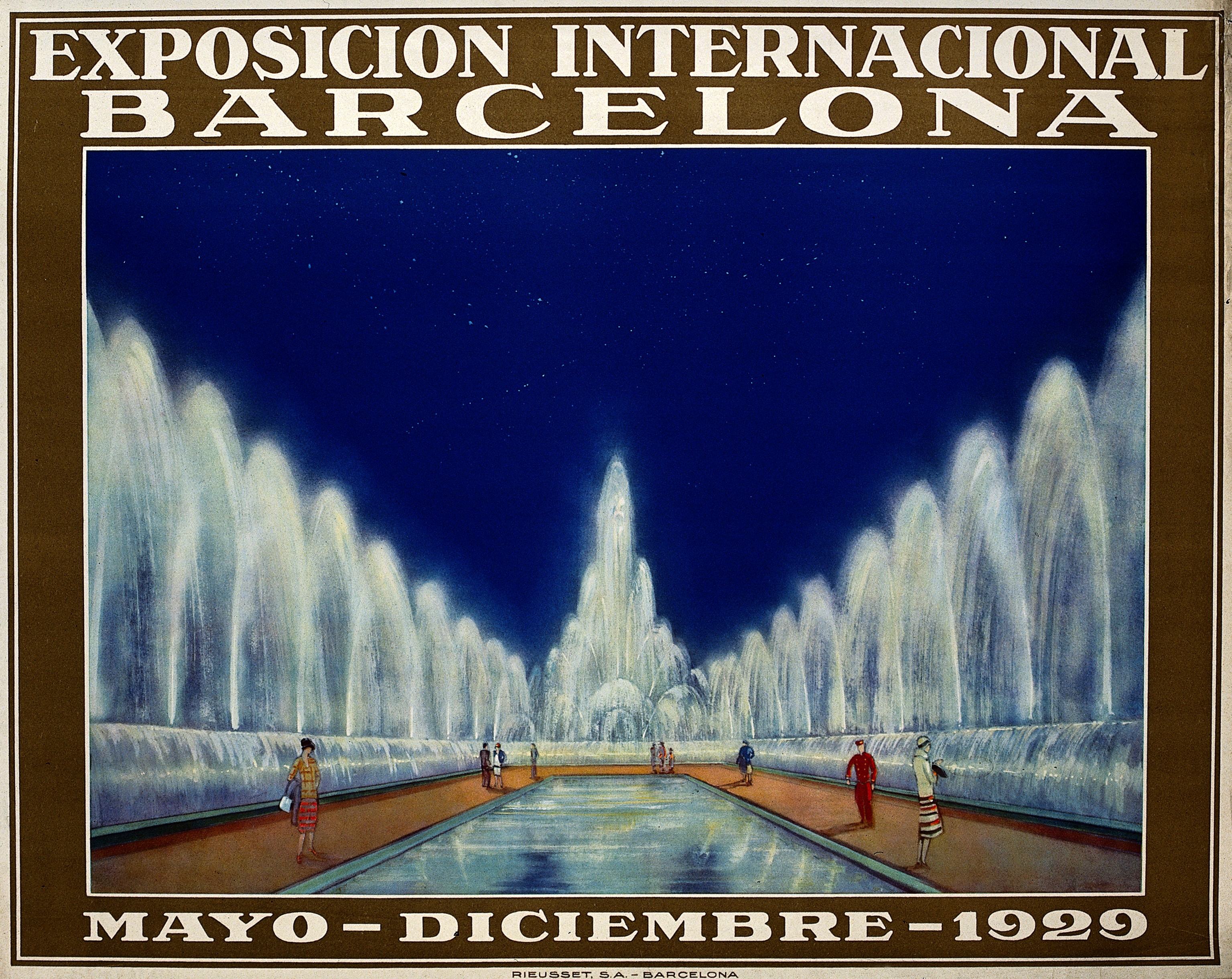
Teatre Grec
Next up, was the Teatre Grec, a Greek-inspired, open air theatre. This was built on the site of a former quarry and would host many live performances to impress the rest of the world. It was finished in 1929 and still serves as an important part of the Barcelona arts scene.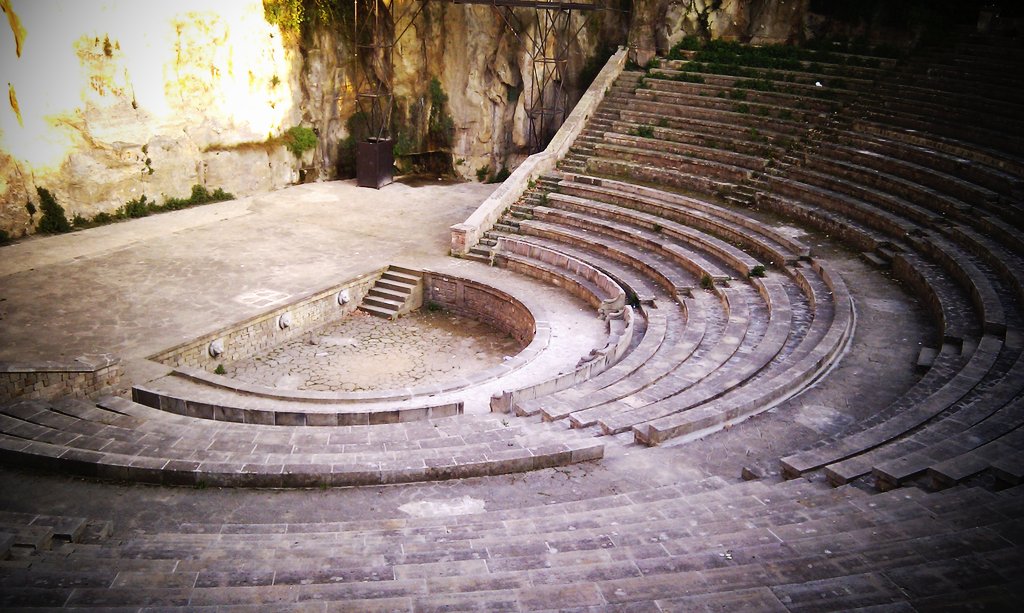
Estadi Olímpic
As for stadia, the World Exposition saw the construction of the home of the 1992 Barcelona Olympic Games. Built in 1927, this stadium was the second largest at the time, with London’s original Wembley being the largest. Looking at the architecture of the Estadi Olímpic, it is clear to see the inspiration had by the home of football. With a white finish and even a tower, this stadium has an amazing panoramic exterior towards the city and coast. Nowadays, it is free to visit and wander around!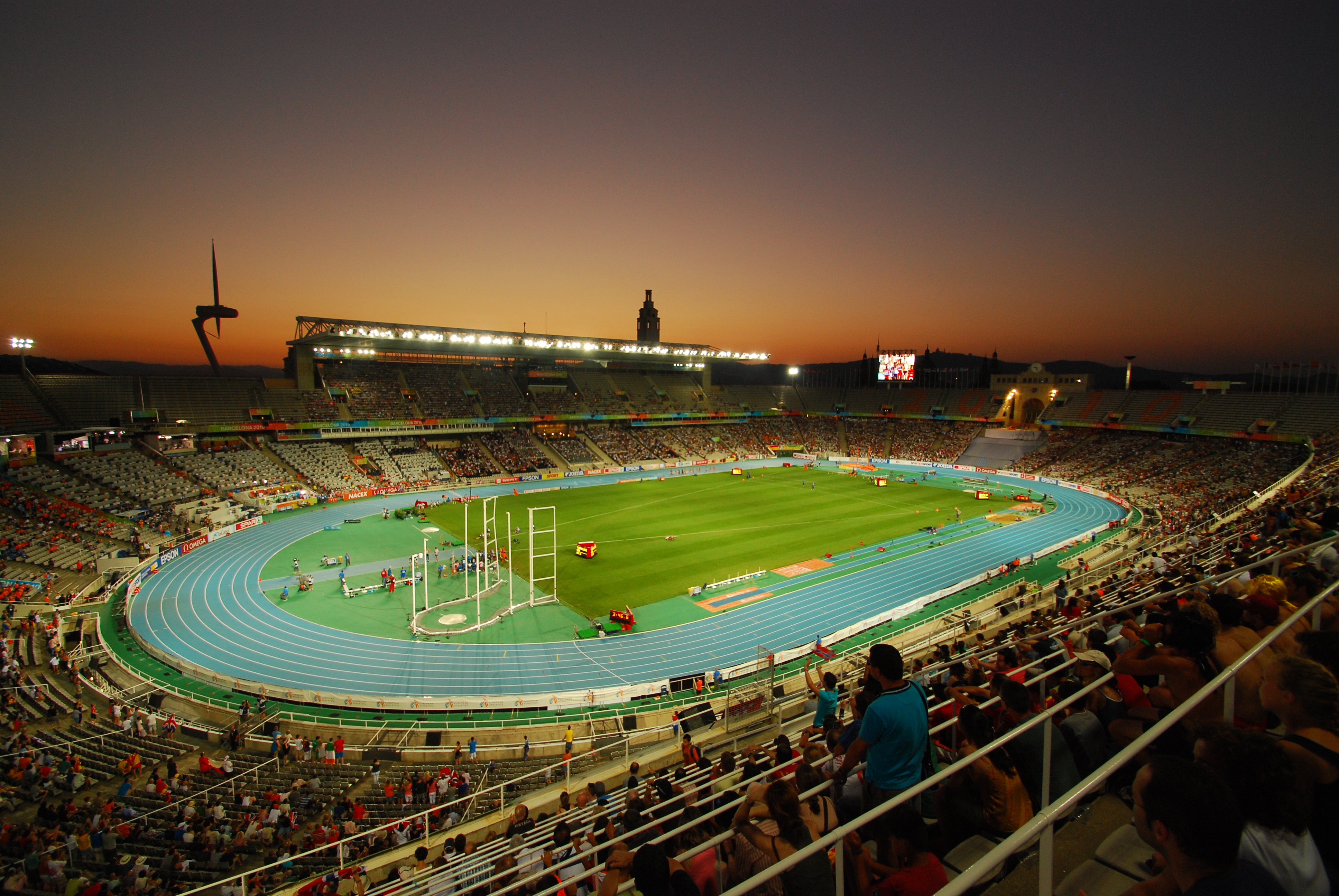
Poble Espanyol
One of the most impressive buildings to be built for the 1929 World Exposition in Barcelona, was the Poble Espanyol. This attracted the most guests and has pride of place for all locals. Containing some 600 buildings, this enclosed space was designed to give the visitors a chance to have a taste of Spanish diversity. With architecture that represents all autonomous communities in Spain, the guests could compare the style of Basque buildings, with that of Andalusia, for example. This was a huge success and draws many visitors to this day, becoming another long lasting success story of the exposition.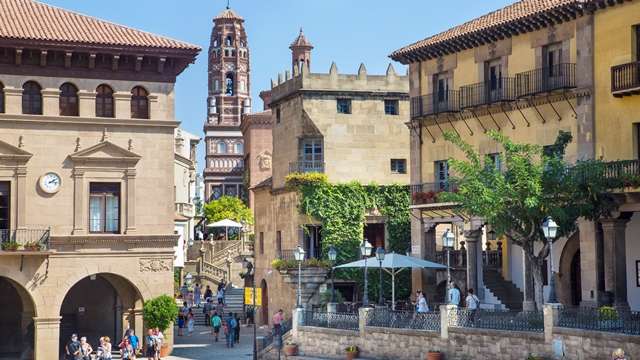
Impact of the World Exposition
Not only did this exhibition bring about the creation of the aforementioned monuments that give Barcelona its unique image and feel, but the city improved in other areas. The Plaça de Catalunya became urbanised, the streets were removed and cleaned, public bathrooms were made, gas lighting was replaced with electricity. It may have cost Barcelona some 130 million pesetas ($25,083,921 in US dollars), but it undeniably incubated the modernisation that this city was in need of. Without the 1929 World Exposition, it is likely that Barcelona would have missed a trick and be left behind by its more modern European counterparts.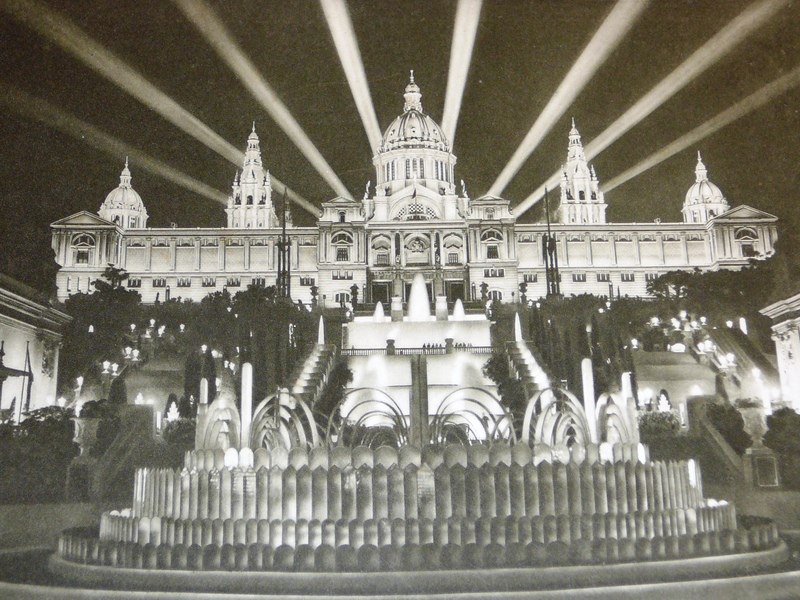
In light of the current situation that the world finds itself, there is a need for sensibility and responsibility. As the COVID-19 virus has halted travel plans for the foreseeable future. The most important thing for everyone now is to respect the measures in place and prioritize health and well-being.
That is not to say that we should not have anything to look forward to for when normality resumes in the future. Therefore, we would like to give you the chance to learn about this historic story of Barcelona, when the world came to the city in 1929. In the meantime, we are wishing good health to all and hope this blog can take your mind off things.

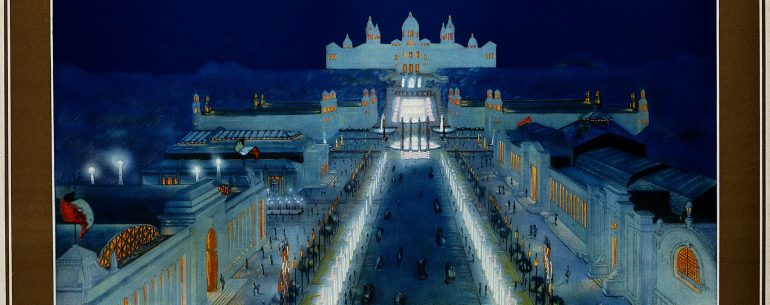


Leave a Reply